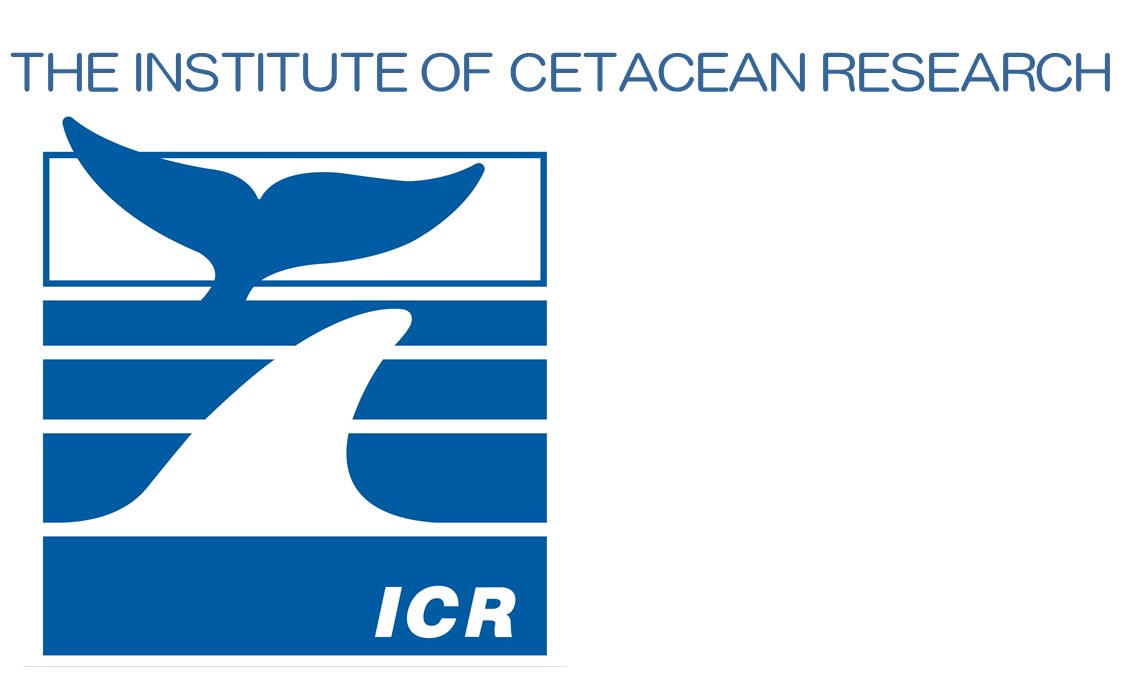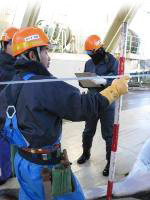- You are here:
- Home>
- English Sitemap>
- Research>
- Research Results>
- JARPN/JARPN II research results
Research Results
JARPN/JARPN II research results
The first phase of the JARPN∗ was conducted between 1994 and 1999. The JARPN had two main objectives: a) determine the stock structure of common minke whale, and in particular to investigate whether or not the "W" stock exists and if so to estimate mixing rates between "O" and "W" stocks, and b) determine the feeding ecology of the common minke whale in the North Pacific.
The International Whaling Commission Scientific Committee (IWC SC) carried out a workshop in February 2000 to review the data and results of JARPN. JARPN review report concluded that:
"the Workshop noted that ... information obtained during JARPN had been and will continue to be used in the refinement of Implementation Simulation Trials for the North Pacific Minke whales, and consequently was relevant to their management".
Based on the results of JARPN, in 2000 Japan began a new and expanded program called JARPN II.
The ongoing JARPN II started with two feasibility surveys in 2000 and 2001. The first full survey started in 2002. The objectives of the JARPN II are the following: a) feeding ecology and ecosystem studies (prey consumption by cetaceans, prey preference of cetaceans, ecosystem modeling); b) monitoring environmental pollutant in cetaceans and the marine ecosystem (pattern of accumulation of pollutants in cetaceans, bioaccumulation process of pollutants through the food chain, relationships between chemical pollutants and cetacean health), and c) stock structure of large whales (common minke whale, Bryde's whale, sei whale and sperm whale).
In January 2009 the IWC SC carried out a review of the data and results collected by JARPN II in its six first years (2002-2007). On the main objective of JARPNII the report appreciated:
"the notable amount of effort undertaken and the generally high quality of the sampling programme, resultant data and information from JARPNII studies on whale food habits and prey preferences. The sampling programme was generally well-coordinated across a wide range of vessels and platforms, and the degree of concurrently collected multi-disciplinary data was laudable. These efforts have resulted in valuable datasets that have great potential for concerted analytical work on a broad range of topics, not all directly related to the JARPNII programme objectives."




